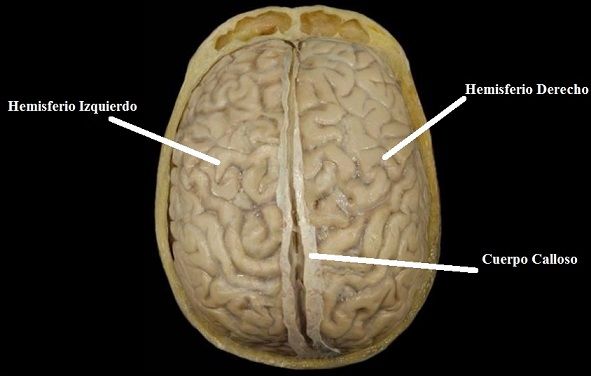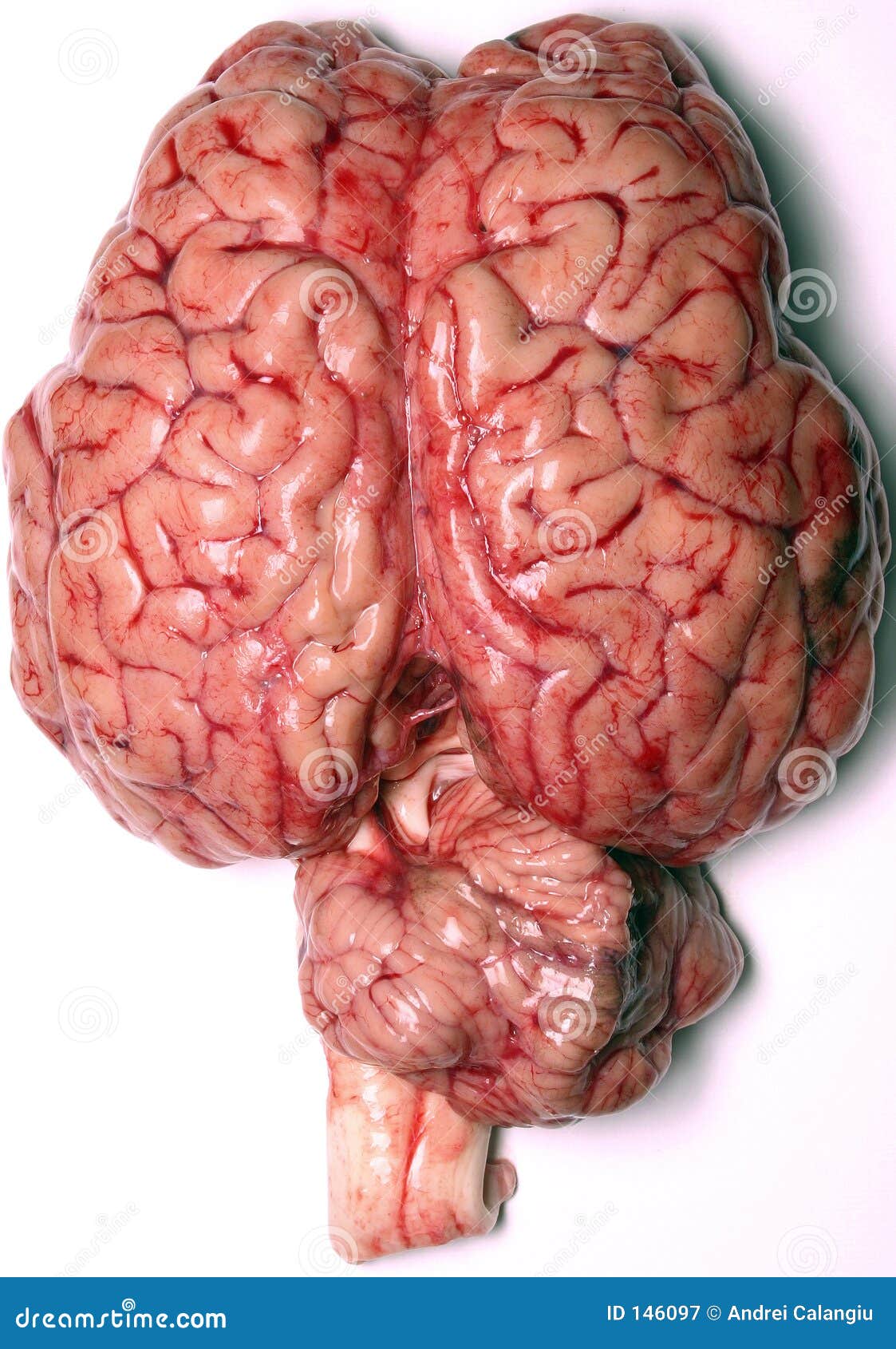

The procedure is non-invasive and painless.Problema de la representación, imagen científica, realismo instrumental, posfenomenología, fMRI ResumenĮn el presente artículo, tomo los hallazgos de la variación posfenomenológica del realismo instrumental para desarrollar un "marco ambiental" con el fin de proporcionar una respuesta filosófica al "problema de la representación". Transcranial magnetic stimulation is a technique used to excite neurons using strong and time-varying magnetic fields. Photon migration tomography (PMT also called near-infrared spectroscopy or optical imaging) is another new method for measuring cortical activity and assesses the scattering of near-infrared light from the brain tissue. However fMRI, does fail to provide real-time dynamics of blood flow within the brain. In addition, it is not an invasive procedure and can be used widely. This technique can detect the smallest of changes and is useful in both diagnosis of disease and the development of treatments.įMRI uses very powerful magnets and can localize brain activity changes to regions as small as one cubic millimeter. Functional magnetic resonance imaging (fMRI)īoth EEG and MEG have their disadvantages and have been replaced by more recent methods such as functional magnetic resonance imaging (fMRI). Such techniques include computed tomography (CT), positron emission tomography (PET) and single photon emission computed tomography (SPECT) scans.

Regional cerebral blood flow imaging has been assessed using radioactive tracer substances since the early 1960s. This technique offers a better spatial resolution than EEG and helps to pinpoint problematic sites. MEG can map brain activity by recording the electromagnetic fields that are produced by the naturally occurring electrical currents in the brain. Study reinforces the potential of Huntington’s treatments that target glia cells.


The recording of potential differences on the scalp caused by brain activity was first reported by Hans Berger in 1929. This is a diagnostic test that uses electrodes placed over the scalp to record the electrical activity of the brain, especially the cerebral cortex. Some techniques that may be used for studying the human brain include: Electroencephalogram (EEG) The human brain is one of the most complex organs in the human body and damage or disease affecting even the smallest part of the human brain can lead to severe functional impairment. Ananya Mandal, MD Reviewed by Sally Robertson, B.Sc.


 0 kommentar(er)
0 kommentar(er)
